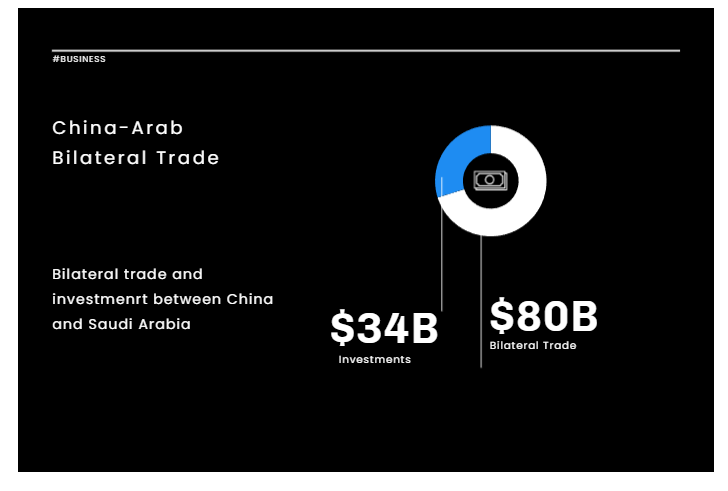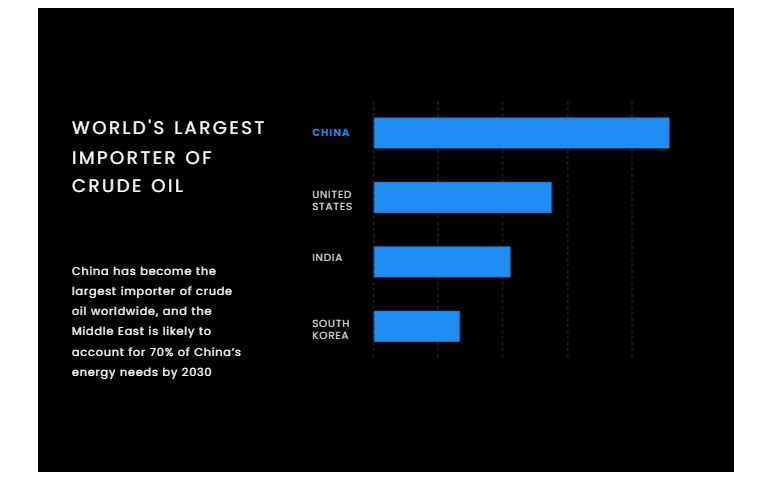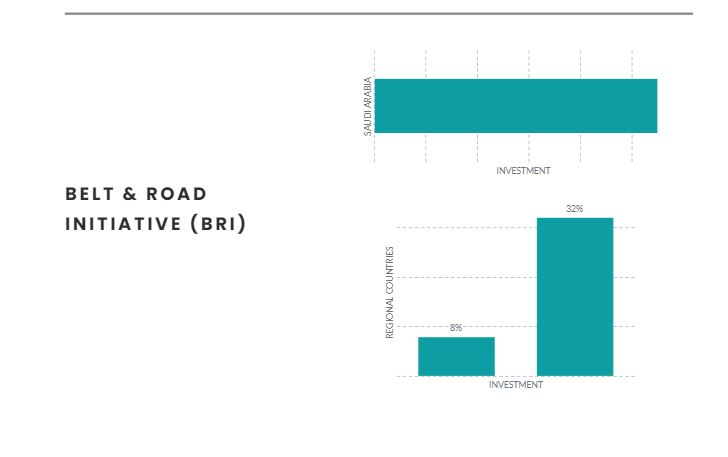DIPLOMACY
- The Arab-Chinese Summit held in Riyadh in December 2022, represents a massive leap in the development of Arab-Chinese relations and carries important significant economic and political implications.
- It arrived at a time when US-Saudi ties are at their lowest points, and the tension between Washington and Beijing is on the rise. The Middle Eastern countries, are currently diversifying their relations by strengthening their ties with China, Russia, India, and other nations.
- This Chinese-Saudi-Gulf Arab summit establishes a legal framework for relations between China and the Arab world, which promotes the growth of such ties on all fronts—economic, political, security, and cultural. From $36 billion to $330 billion in 2021.

BILATERAL TRADE
- During Xi’s Visit to Riyadh, both countries signed investment deals worth $34 billion.
- Their bilateral trade has already crossed $80 billion.
- The summit also discussed promising investment opportunities with China in the presence of Egypt, Saudi Arabia, and the UAE.
The Projects include:
- The development hub of the Suez Canal and the new administrative capital in Egypt.
- The NEOM project in the Kingdom of Saudi Arabia within the Kingdom’s Vision 2030.

SECURITY/ENERGY
- Chinese companies are building ports and free trade zones in the region, including Oman, Egypt, Saudi Arabia, and Kuwait.
- Cooperation between China and Arab countries has also grown to include digital technology, renewable energy, tourism, and aviation. Most of the GCC countries use Chinese Huawei technology in their communications networks.
- Since 2017, China has become the largest importer of crude oil worldwide, and the Middle East is likely to account for 70% of China’s energy needs by 2030.
- Cooperation in the field of new and renewable energy was another key topic at the summit.
- In November 2022, Qatar Energy signed a 27-year deal to supply China’s Sinopec with liquefied natural gas (LNG), the longest agreement in the history of LNG industry in the world.

BELT & ROAD INITIATIVE (BRI)
- China and Saudi Arabia signed the MOU on the joint construction of the BRI during Xi’s Visit to the country in January 2016.
- With $5.5 billion, in investments made in the Kingdom during the first half of 2022, Saudi Arabia was the single-largest beneficiary of Chinese BRI projects.
- Regional countries increased their share of overall BRI engagement from 8% in the first half of 2020 to 32% in the first half of 2022.
The Lusail Stadium in Doha, Qatar, is China’s first overseas World Cup stadium construction project, another symbolic project of Belt and Road

This article originally appeared in www.matrixmag.com January 14, 2023 . Original link.

